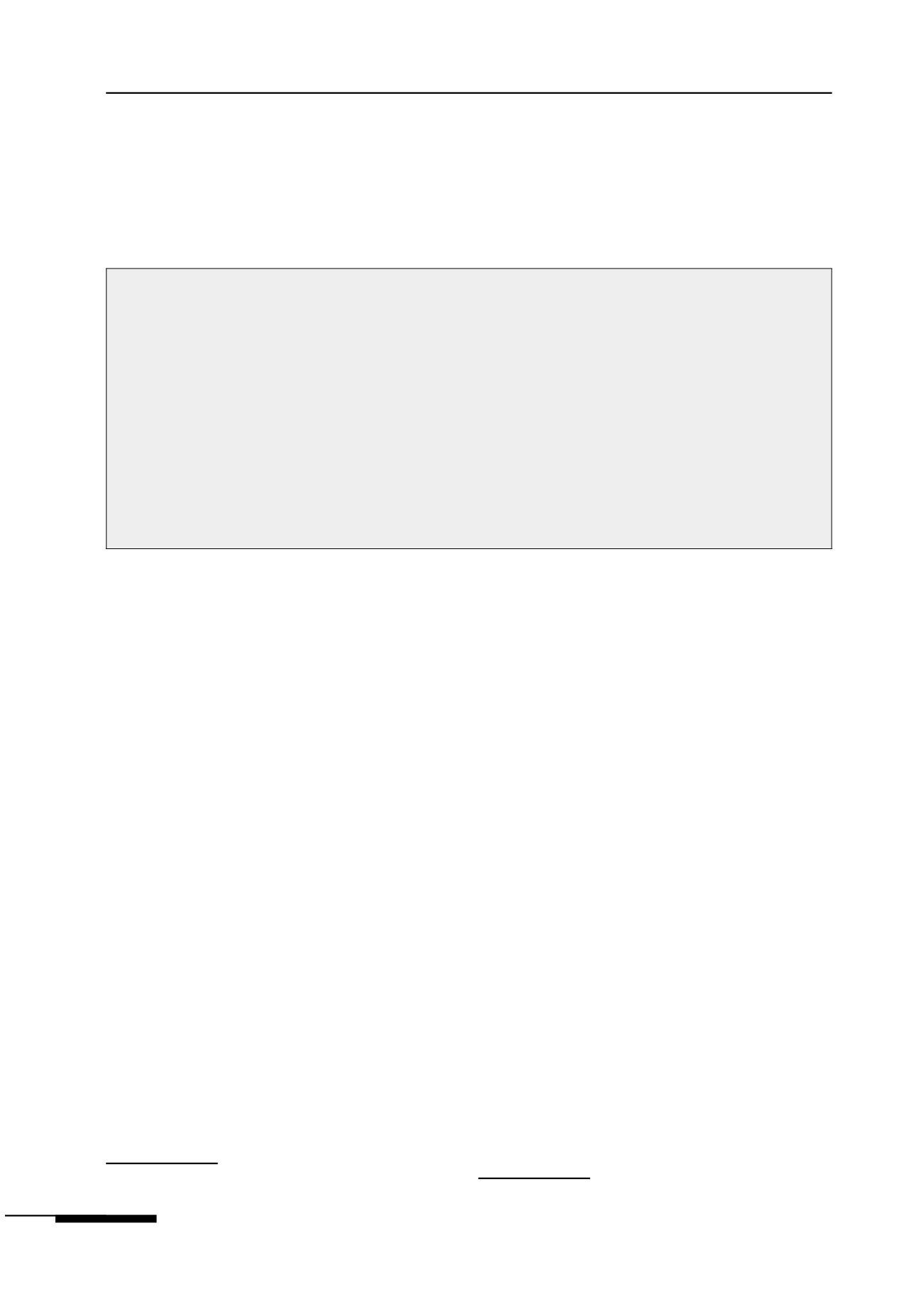

МОНГОЛЫН ХҮН АМЫН СЭТГҮҮЛ Дугаар (367) 20, 2011
80
FACTORS TO BE CONSIDERED IN CHOOSING THE TYPE
OF CONVENTIONAL DWELLING: MONGOLIAN CASE
Myagmarsuren Boldbaatar, PhD candidate,
Department of Economics and Statistics, College of Business and Economics,
Korea University, Republic of Korea
Abstract
This study attempted to determine the factors that influence the choice of the type of dwelling
using the sample from the “Urban Poverty and in-Migration” survey, which was conducted by Population
Teaching and Research Center at School of Economic Studies, National University of Mongolia in 2004.
Regression models for categorical data such as Ordered Logit andMultinominal Logit models were utilized
to answer the research question under consideration. Due to the data availability, ten factors were used in
this analysis but during the estimation stage two factors were excluded from the analysis on account of
the statistical significance. It concludes that the factors, namely age, sex and education level of the head
of family, number of person in household, percentage of migrants in household, number of children in
household, total revenue of household per year and percentage of food expenses in total expenditure per
year have significant effect on probability to live in particular type of dwelling. And their effect directions
were exactly same as the common sense.
KEYWORDS: Choice of dwelling, Ordered Logit Model, Multinominal Logit Model
INTRODUCTION
Mongolia is showing progress in overall
economic situation, with economic growth
averaging 6.1 per cent for the recent years.
Nowadays 40.7 per cent of population,
while 38.1 per cent of households are living
in Ulaanbaatar (UB)- the capital city of
Mongolia
34
.
Although, economic situation is improving,
the living conditions of the citizens of
Ulaanbaatar have not improved. They are still
living in dwelling which have no basic living
facilities such as centralized drinking water
system, indoor flush toilet and centralized
sewage water system. According to the data
of Statistical Office of Ulaanbaatar in 2009,
the 39.2 per cent of UB households are living
in
Apartment
, 33.8 per cent of households are
living in
House
, 26.4 percent of households are
living in
Ger
and 0.6 per cent of households
are homeless.
I should clarify here the understandings of
the words -
Apartment, House
and
Ger
in
Mongolian case.
“Apartment”
has same
interpretation as other nations but the
“House”
has little bit different. Generally,
Houses
are
34
NSO, 2010. Mongolia Statistical Yearbook-2009, National
Statistical Office of Mongolia, Ulaanbaatar
1-2 floored and have from two
35
till many
rooms; the only difference is there are no
basic living facilities. The
Ger
is Mongolian
traditional dwelling which is best for nomads,
easy to move, it takes no more than two hours
to pack and put up. If I would describe the
Ger
as a house, it is like single-circle roomed,
moveable house.
I am studying the urban area which is making
to lose the biggest advantage of
Ger
. Thus I
can sort the types of dwelling considering in
living conditions as
Ger, House
and
Apartment
in ascending order.
CONCEPTUAL FRAMEWORK
Taking the data availability into consideration,
I would use intuitive approach mostly to
find out the factors that we are searching for.
For some case, it is convenient to use simple
analyzing method such as correlation.
First, family income would be key factor of
the study. If the family has more income, they
would have more chance to build a new house
or to buy an apartment.
35
Including kitchen









